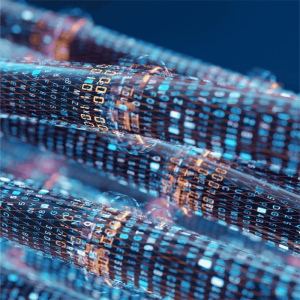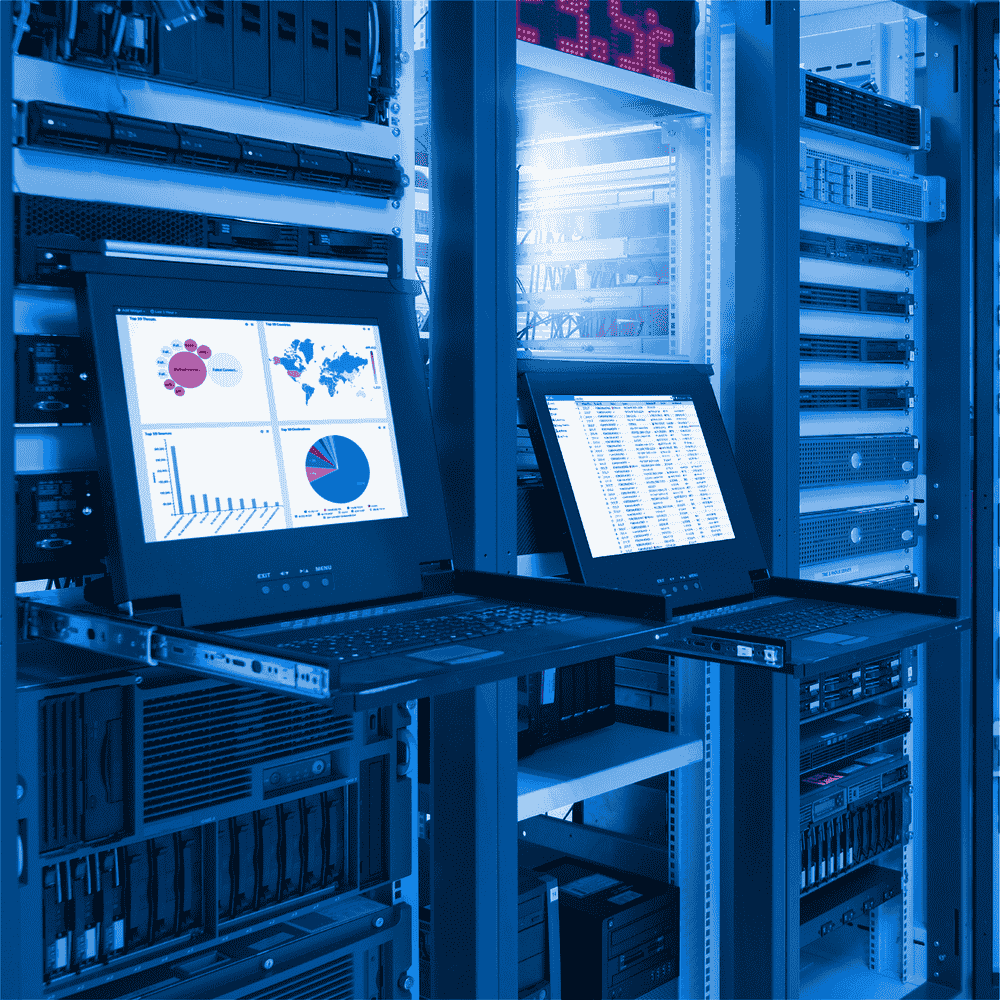The Backbone of the Internet: Fiber Optic Networks
Today, the internet has become an indispensable part of our lives. Online shopping, remote working, high-definition video streaming and ever-increasing data usage have become indispensable in our daily lives. So, what is behind all this digital world? The answer is simple: fiber optic networks. Fiber optic networks are the invisible backbone of the internet, forming the basis of the digital age.
What is a Fiber Optic Network?
Fiber optic networks consist of cables that carry data at the speed of light and offer almost unlimited bandwidth. These networks are much faster and more reliable than traditional copper cables. Fiber optic cables consist of thin fibers made of glass or plastic and minimize losses by transmitting data with light signals.
How Does the Internet’s Backbone Work?
Fiber optic cables form the backbone of the global internet infrastructure. Data centers, servers and communication networks around the world are connected to each other via fiber optic cables. These cables provide long-distance connections, such as transatlantic cables laid under the oceans, and enable data to reach from one end of the world to the other quickly.
Advantages of Fiber Optic Networks
High Speed and Bandwidth: Fiber optic networks offer much higher speeds than other data transmission methods. They are ideal for transmitting large amounts of data very quickly.
Reliability: Fiber optic cables are resistant to electromagnetic interference. In this way, data loss is minimized and more reliable communication is provided.
Long Distance Transmission: Fiber optic cables minimize signal loss while transmitting data thousands of kilometers away. This allows global internet traffic to function smoothly.
Energy Efficiency: Fiber optic networks consume less energy during data transmission. They provide higher efficiency by consuming less energy.
Areas of Use of Fiber Optic Networks
Fiber optic networks play an important role not only for internet connections, but also in many sectors:
Telecommunications: Fiber optic networks are of great importance in areas such as telephone lines, internet services and data transmission.
Public and Private Sector Infrastructures: Smart cities, transportation systems and security networks operate more effectively thanks to fiber optic infrastructure.
Health and Education: Innovative solutions such as long-distance medical services and online education rely on the high speeds of fiber optic networks.
The Future of Fiber Optic Networks
As internet demand increases rapidly, fiber optic networks continue to develop. Innovations such as 5G technology, the internet of things (IoT) and artificial intelligence will further increase the need for fiber optic networks. These networks, which support gigabit speeds, will continue to be the cornerstone of the smart cities and digital world of the future.
As a result, fiber optic networks are preparing to form the backbone of not only today’s but also tomorrow’s internet infrastructure. This technology behind the convenience and speed offered by the internet in every area of our lives will continue to be the greatest supporter of our ever-evolving digital world.






